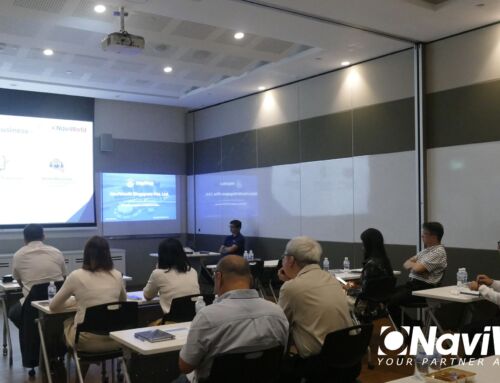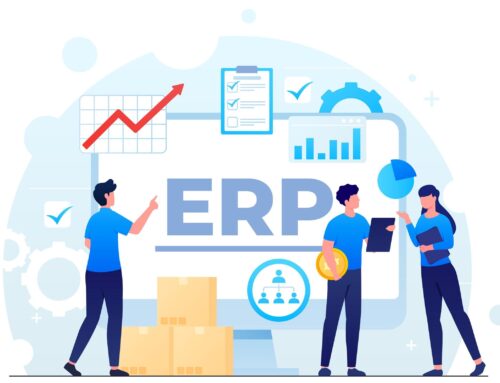Enterprise Resource Planning (ERP) systems are a great help to organisations in Singapore with their inventory, customer service and point-of-system capabilities on top of other functions.
Find out the many factors that can affect the cost of ERP implementation in your company or organisation today.
1. Number of Users
The cost of implementing an ERP varies greatly depending on the type of business, country, type of business you run, etc.
Generally, the basic software costs in Singapore range from 15% to 30% of the total cost of implementation. Vendors have different pricing models, but the software costs will generally depend on the number of users that you intend to support on the ERP. Naturally, the cost increases as the number of users are increased.
2. Number of Required Add-ons or Customisations
Depending on the type of business you run, you might require multiple customisations for the ERP or several third-party add-ons to ensure that your organisation can run more efficiently with the right software. With more add-ons required, the cost of ERP implementation might be driven up as well.
For example, If you are in the manufacturing industry, you might need workflow add-ons attachments such as Flow to integrate data from forms into Dynamic 365 Business Central. Since the ERP is compatible with numerous add-ons, you can easily create forms and insert them into Flow for your many vendors.
However, add-ons such as Flow usually only offer up to a certain number of free executions for a single user per month. If your industry requires heavy usage of such applications, you might be looking at more expenditure per month to increase the usage limits for your staff. Of course, with more add-ons, you can expect to be spending more on your ERP every month as well.
3. Recurrent Software Maintenance and Upgrades
Regardless of the vendor you choose to implement ERP for your organisation, there will be recurrent charges and billed to your organisation for various software maintenance, and continual upgrading works for the ERP.
Depending on your subscription, you might be billed differently. Let’s dive right into the different types of payment plans that might be available to you when you decide to implement ERP for your business.
Differences Between Perpetual and Subscription Software License
Perpetual Plan
A perpetual plan license involves an upfront lump-sum payment which will allow you to have access to the ERP almost immediately. However, you will be billed separately (usually yearly) for upgrades, maintenance and your organisation will also be responsible for your own IT issues and customer support regarding the software. If you choose to get extra services for IT support
Subscription Plan
Subscription plans, on the other hand, are priced on a yearly or monthly basis and are an ongoing subscription as long as you are satisfied with the service of your chosen vendor. This monthly or yearly fee will cover all upgrades, maintenance, customer service and IT infrastructure work that is required by your organisation.
Find Out More About ERP Implementation with NaviWorld Today
When it comes to ERP implementation in Singapore, there is plenty to consider on top of implementation costs and maintenance fees. Get in touch with our professional consultant at NaviWorld today to find out more about ERP implementation and the various fees involved today.




